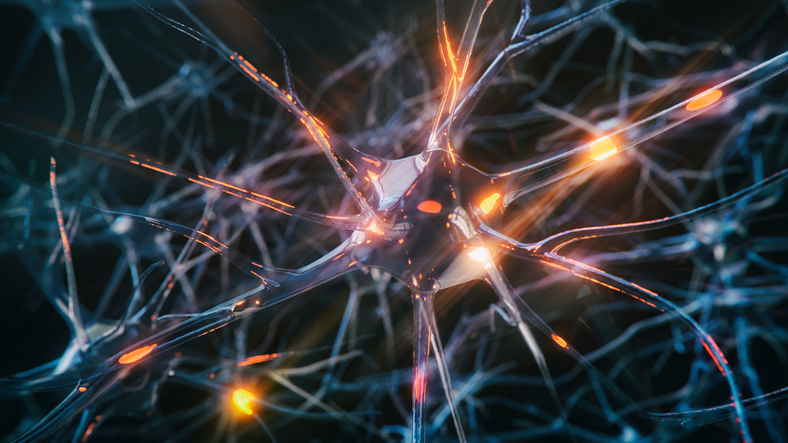Pain
Diagnosing Amyotrophic Lateral Sclerosis (ALS)

What is amyotrophic lateral sclerosis?
Amyotrophic lateral sclerosis (ALS) is a motor neuron disease in which the motor neurons that control movements such as walking, talking, and breathing become damaged. As the nerve cells deteriorate and die, they stop sending signals from the brain to the muscles. The muscles weaken and atrophy until the brain can no longer send signals to the muscles, causing paralysis.
Diagnostic process
There is not a specific diagnostic test for amyotrophic lateral sclerosis. Therefore, diagnosis is typically made based on a medical history, physical exam, and medical tests to rule out other health conditions with similar symptoms. The diagnostic process can take weeks or even months.
Medical history and physical exam
A medical history typically involves questions about when symptoms began and how they have progressed. Inquiries into whether any family members have ALS may also be made.
During the physical exam, the muscles are checked for weakness or atrophy. Physical exams may be done at regular intervals to determine if symptoms are worsening.
Laboratory, imaging, and other tests
Medical tests that may be used to help diagnose ALS and eliminate the possibility of other health conditions include the following:
- Electromyogram (EMG)
During an electromyogram, a needle electrode is inserted through the skin into a muscle to measure electrical activity of the muscle. Abnormalities in an EMG can be used to help diagnose or rule out ALS. - Nerve conduction study
A nerve conduction study assesses a nerve’s ability to send messages to muscles throughout the body. This test can help rule out other muscle or nerve diseases. - Muscle biopsy
During a muscle biopsy, a small portion of a muscle is removed and sent to a lab for testing. A biopsy can rule out muscle diseases. - Magnetic resonance imaging (MRI) of the brain and spinal cord
Detailed images of the brain and spinal cord can help in the diagnosis of ALS. Although MRI images are typically normal in those with ALS, an MRI can be used to rule out other health conditions, such as tumors/cysts in the spinal cord or herniated discs in the neck, that may mimic symptoms of ALS. - Lumbar puncture (spinal tap)
A lumbar puncture involves the careful insertion of a needle into the spinal canal via the lower back. A small amount of cerebrospinal fluid is removed for testing. This is often done to rule out spinal tumors, cancer, or infections. - Blood and urine tests
Blood and urine tests are often used to assess general health and to rule out underlying conditions that may be causing symptoms.



















